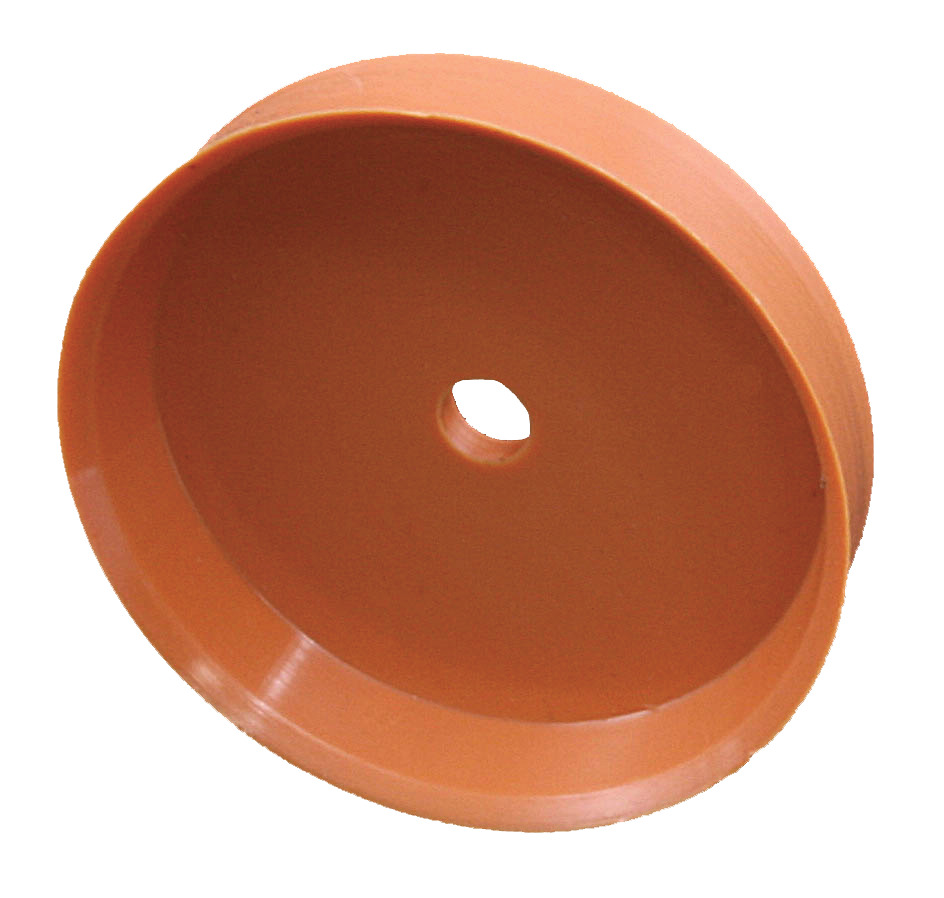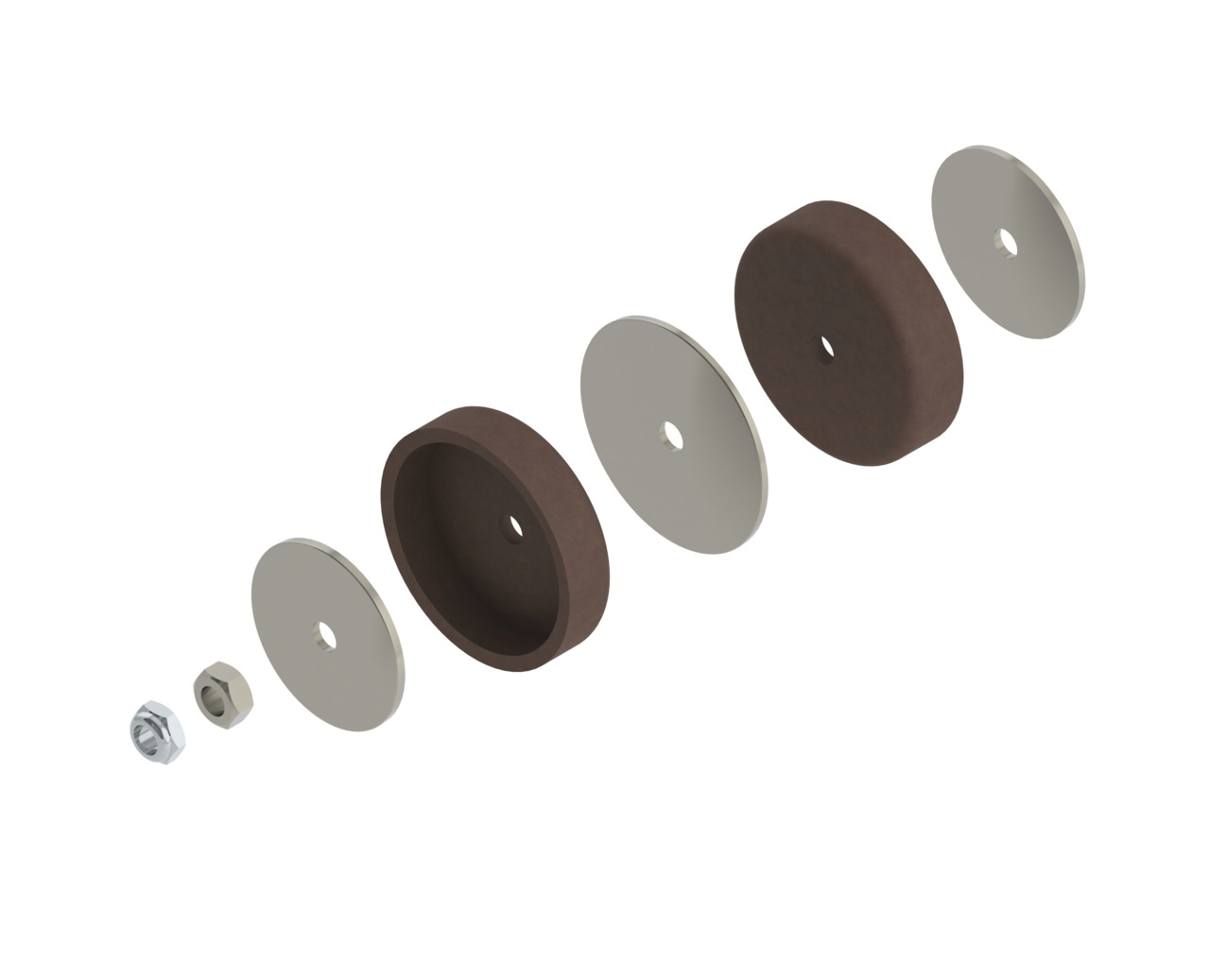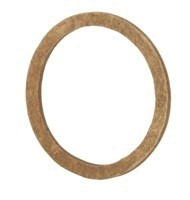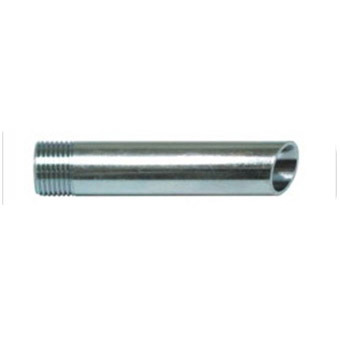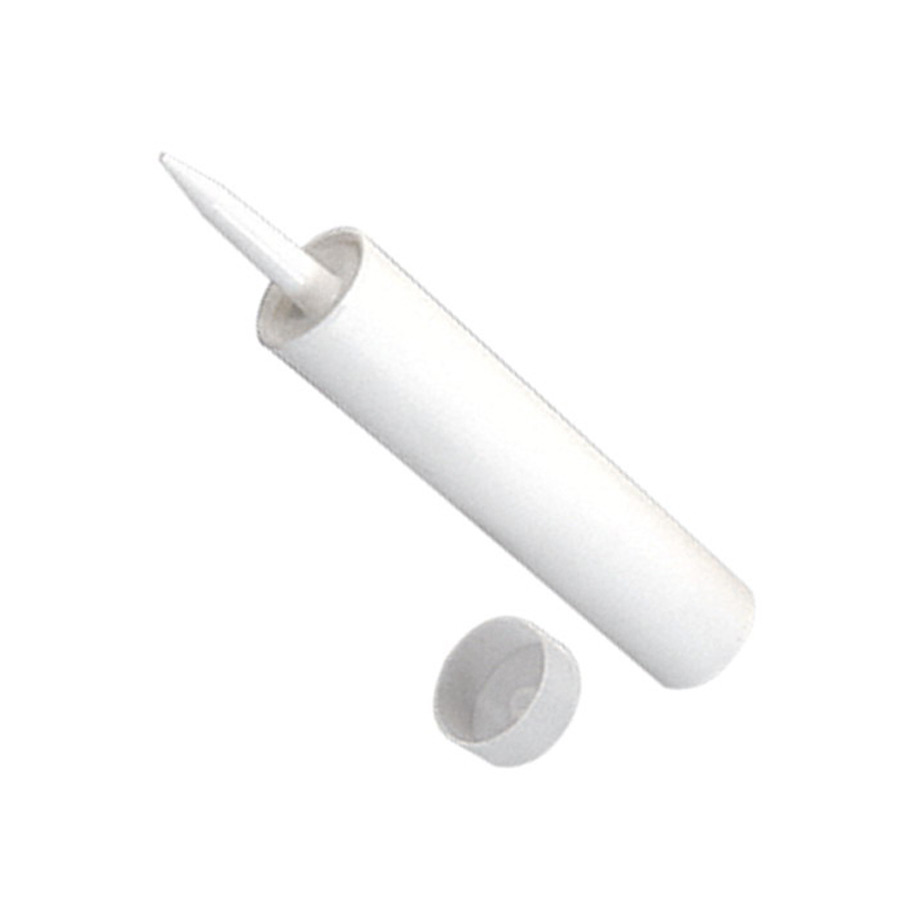Caulk Gun Accessories
Filter
35 items
content loaded
Item pricing and delivery options may vary based on location. Select your local branch for best pricing.
Item pricing and delivery options may vary based on location. Select your local branch for best pricing.
Item pricing and delivery options may vary based on location. Select your local branch for best pricing.
Item pricing and delivery options may vary based on location. Select your local branch for best pricing.
Item pricing and delivery options may vary based on location. Select your local branch for best pricing.
Item pricing and delivery options may vary based on location. Select your local branch for best pricing.
Item pricing and delivery options may vary based on location. Select your local branch for best pricing.
Item pricing and delivery options may vary based on location. Select your local branch for best pricing.
Item pricing and delivery options may vary based on location. Select your local branch for best pricing.
Item pricing and delivery options may vary based on location. Select your local branch for best pricing.
Item pricing and delivery options may vary based on location. Select your local branch for best pricing.
Item pricing and delivery options may vary based on location. Select your local branch for best pricing.
Item pricing and delivery options may vary based on location. Select your local branch for best pricing.
Item pricing and delivery options may vary based on location. Select your local branch for best pricing.
Item pricing and delivery options may vary based on location. Select your local branch for best pricing.
Item pricing and delivery options may vary based on location. Select your local branch for best pricing.




